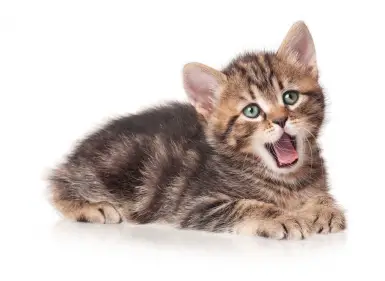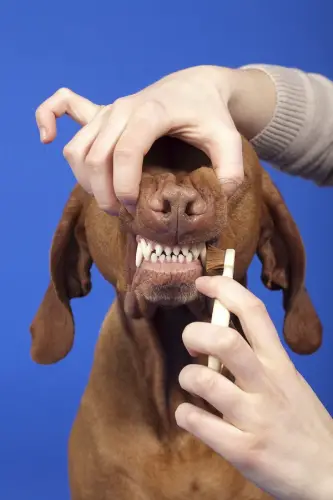
Browse Categories
- Dog Boot Camps
- Test
- Test
- Dogs Please Clicker Training
- Pet Insurance Comparison
- Exercising Pets With An E Scooter
- 10 Reasons Why Guinea Pigs Are Wholesome Little Pets
- Why You Should Use a Shed to House Your Pet
- How can Dog Owners Keep their Carpets Clean?
- How to Keep Your House in Order With Large Pets
- What is the Best Way to Feed a Puppy to Keep Them Healthy
- Pets Please
- All Animals and Pets
- Dogs and Puppies
- Cats and Kittens
- Birds
- Fish
- Reptiles
- All Other Small Pets
- Claws 'N' Paws Events
- PetsInLimbo/Greys4PetsInc.
News Search
PetsPlease News and Advice
Dental Care Tips

Recently I took a trip to the local vet and had my 6yo dog's teeth professionally cleaned after her breath was starting to smell. I was instructed by the vet to clean her teeth once a day as she's getting older and her teeth and gums are starting to show. If I started now, I could reverse the gum damage.
It may seem excessive and some people may call it pet vanity, but recently I have learnt that oral hygiene is just as important in animals as it is with man.
Life is busy and if you don't have time to clean your pet's teeth daily, you can also feed large biscuits that help with cleaning available from your vet and one Greenies per day which is one of the best dental chews available on the market.
However, nothing beats brushing their teeth and this is how to do it:
For beginner pets, or pets getting dental care for the first time, owners would want to ease them into this procedure. Professional pet carers recommend touching their muzzle, or the area between the mouth and neck, giving them a quick light massage. Talking to pets also ease the tension as owners most often do when directing animals to do something like “bath time” or “sit”. Make sure the furry friend is relaxed and get them used to having their mouth handled. The best time to start dental practice is when they’re still kittens and puppies although mature pets can still be trained into it.
After the pet has stopped showing resistance to the muzzling, slowly get your finger in its mouth, gently feeling your way around the incisors and gums. This step may most likely make them uncomfortable, so repetition is necessary. It’s also important to be patient and consistent as this step is repeated at least once a day, until the pet recognizes it as a normal everyday gesture from its owner. This may take up to two weeks but it takes a lot less time for the young pets.
While in the process, it’s also a good time to introduce toothpaste. Do not force it into its mouth, but just let the pet smell so they can lick it afterwards. Specially formulated dental pastes are used in pet clinics but you can make your own by simply mixing in 6 tablespoons of baking soda, 4 teaspoons of water and a third of a teaspoon salt. Chicken or beef flavoring may be added to make pets cooperative.
Familiarize your pet with a toothbrush by dipping it in the toothpaste. Let it play with the toothbrush under your supervision
but take it back after a few minutes to emphasize that it’s not a toy. A finger brush is a starter toothbrush made for babies which actually works just as well for pets. With the finger brush on, you can start making circular rubbing motions on your pet’s front teeth until you can make your way around the sides.
Don’t be aggressive in the teeth scrubbing so your pet doesn't take it as a phobic experience. A perfect pleasurable first time will pave way for a daily hygiene practice.

